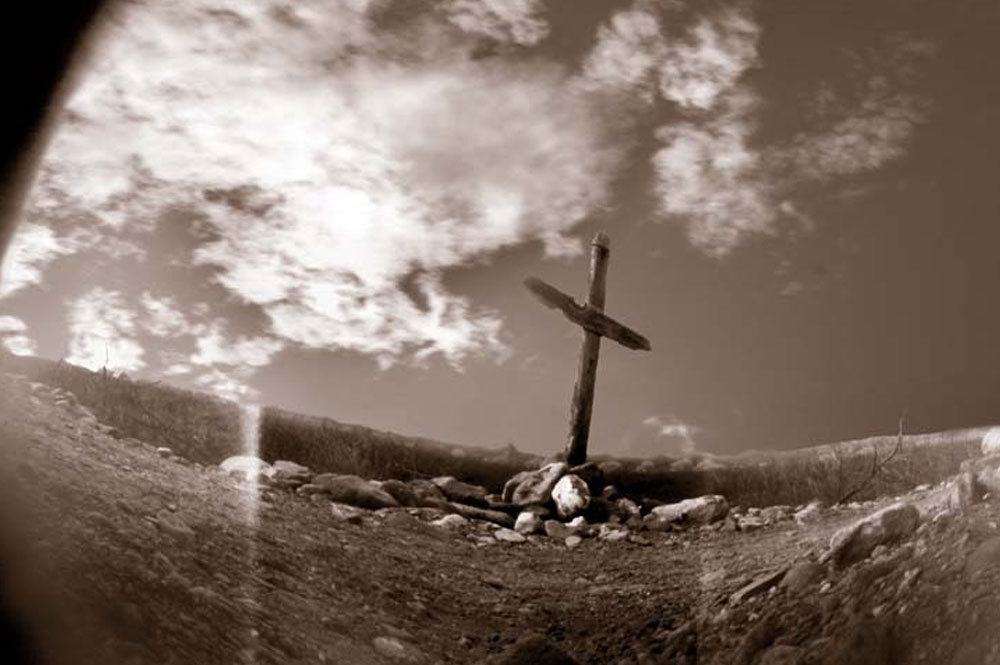Paper Negatives

Photo by Kristy Hom. Licensed under CC BY 2.0
Photographic paper is typically used by exposing light to it through a piece of film. The image from the negative film is enlarged, exposes the paper, and creates a positive image. But because photographic paper is light sensitive like film, photographer’s can opt to create a paper negative instead of film.
Why Make Paper Negatives?
Film can be enlarged to create a bigger print., while a paper negative print is limited to the size of the paper negative. Film can also be purchased in spools with multiple exposures available, while the paper negative must be loaded one at a time in a dark area. Paper negatives are also typically less sharp, more difficult to expose properly, and result in high contrast. So why bother with paper negatives?
For starters, a paper negative is a cost effective alternative to larger film formats. For beginner photographers looking to try camera systems that use single sheet film, the paper negative will provide a simple, cheaper way to practice using the equipment. Again, a paper negative exposure will not yield the same results as film exposure, but the equipment works the same using either.
Some photographers may simply like the results from a paper negative. Paper negatives are typically high in contrast and less crisp than film, and these limitations may be exploited for artistic expression.
















